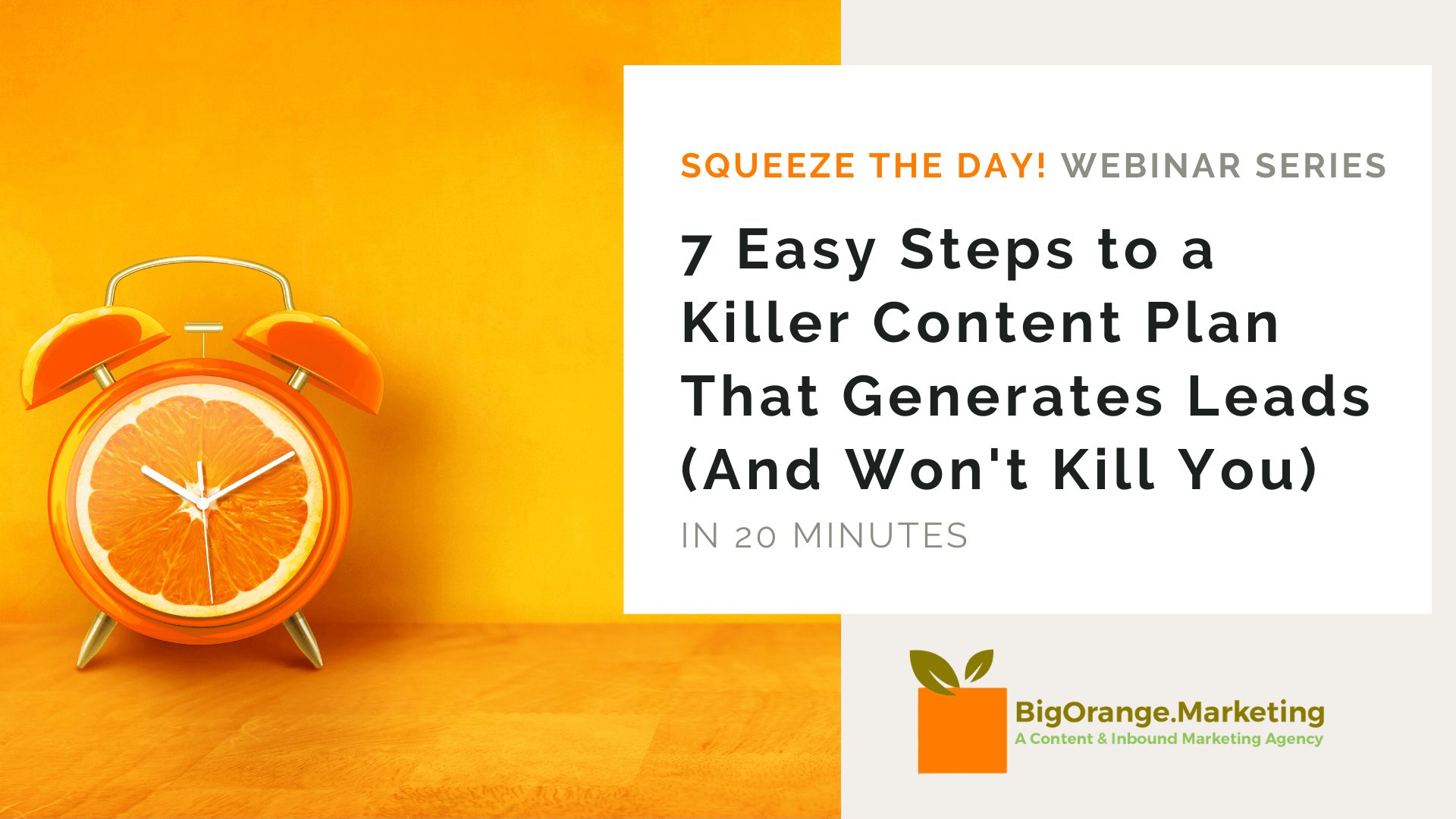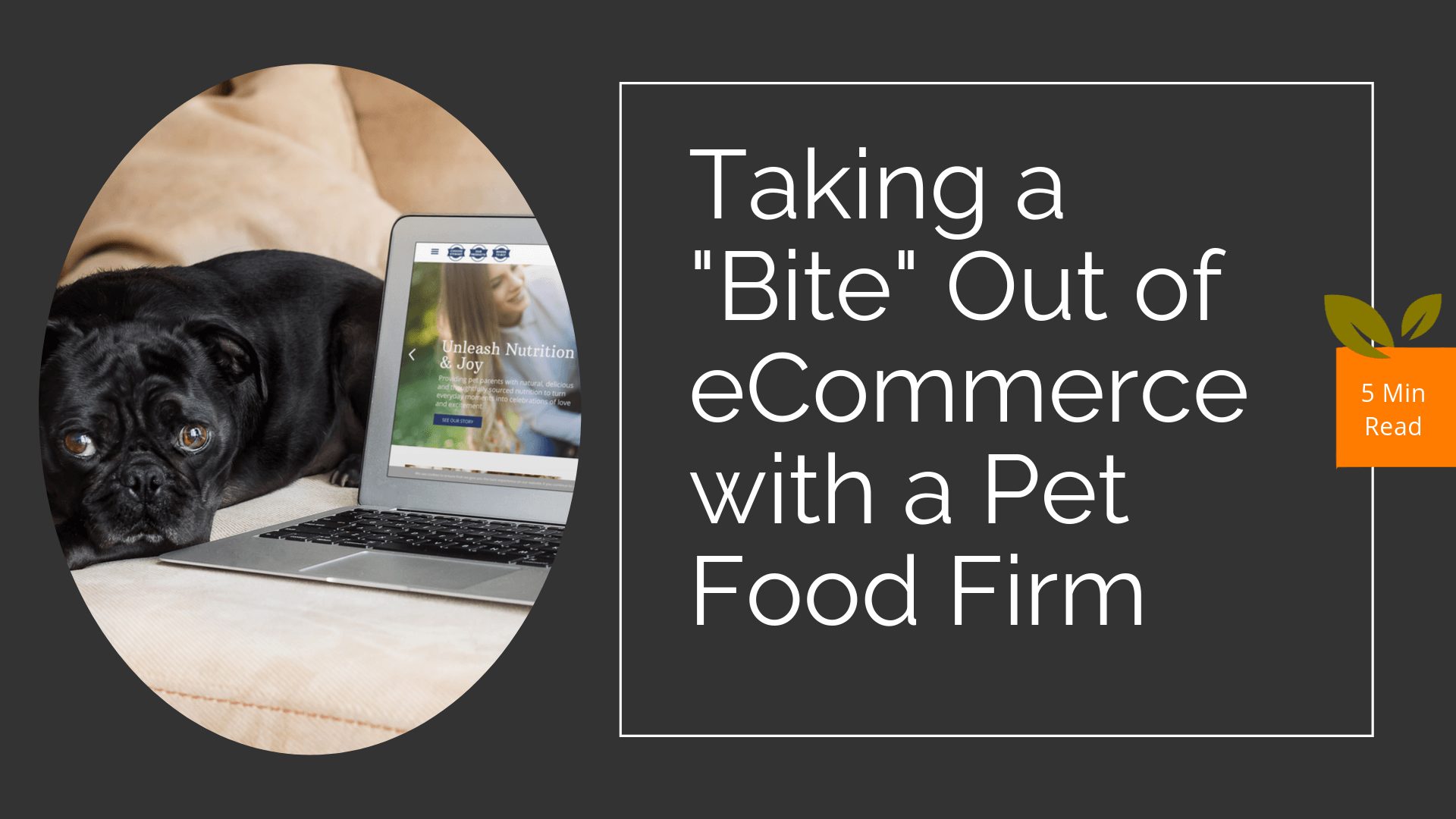Squeeze the Day Webinar Series: 7 Easy Steps to a Killer Content Marketing Plan That Generates Leads
Webinar Replay: 7 Easy Steps to a Killer Content Marketing Plan That Generates Leads
Join us on Thursday, August 20th at 12:00PM ET for our Squeeze the Day Webinar Series! We'll be sharing this year's freshest marketing ideas.
You know that content is a great way to build a connection with your audience, but how do you create a plan that is manageable and doesn't suck your time?
We lay out the 7 easy steps that help you:
- Define your audience
- Leverage your most profitable keywords
- Align your team around the strategy
- Create the plan and run with it
All of this in 20 minutes guaranteed to entertain. Get your content marketing plan questions answered throughout the webinar and walk away with fresh marketing ideas. Plus, we'll be giving away a Starbucks gift card at the closing poll.
Margee Moore: (00:06)
Hello, thank you for joining us today for our webinar. This is Margee Moore from BigOrange Marketing. We're going to talk today about content and creating a content marketing plan that won't kill you. I can say some people are here. So we're going to go ahead and be respectful for time and go ahead and get started. So today's squeeze, the day webinar is says seven easy steps to a killer content plan that generates leads and won't kill you. So, you know, we're talking to, you know, if you're here, you probably know that content is very important, but you know, maybe you're finding, it's a challenge to get to that content to maybe know what to write. You're worried maybe that you're doing it wrong, or maybe you're having a challenge getting your thought-leaders to contribute. So we're going to help solve it today with these seven easy steps to creating a killer content plan.
Margee Moore: (01:13)
So here's a little bit about our agenda for today. I went way far forward. We're going to tell you a little bit about big orange marketing. We're talking about why content matters. We're going to give you seven steps for making a killer content plan, and then we're going to put it into an action plan and go over a poll and give way our gift card at that poll gather some data while we do that. So today's webinar is brought to you by big orange marketing. We have 15 years of marketing experience each here's our here's our leadership team here. We've helped dozens of clients win millions of dollars in business. We're HubSpot partners and we're storytellers first and four months first and foremost, right? We're not talkers we're storytellers. So what is content? This is the content marketing Institute definition. It's a strategic marketing approach focused on creating and distributing valuable, relevant, and consistent content to attract and retain a very clearly defined audience. And ultimately that's to drive the profitable customer interaction. You can take lots of forms like pages. Your pages are part of your content posts, blog posts, videos, infographics, social media is also content and many other things, our content, you know, so we do an okay. Can everyone see my screen?
Margee Moore: (02:33)
All right, so, so why does having strong content matter strong content helps share what you know, with your audience to build trust and help educate them. You become more visible in search and social media. When you have something to say, and you're chipping away at your keyword terms you increased your traffic. As you build up your, your, your content in those keyword terms, you build your website authority, which all helps fuel SEO and it's of course increased sales and loyalty with those existing customers. So you want to have strong content and as much as you can, you want to actually try to be bad-ass like this gal on the left. So what makes the best content content has to be useful? It has to share ideas and information and opinions worth sharing. So don't just regurgitate. What's already on the web.
Margee Moore: (03:25)
You need to make it unique and fresh. You need to formatically share around your topic areas. You want to stay on topic chipping away at those keywords. Your unique perspective is what resonates. So you may do something there may be other people that do accept the exact same thing. There may be thousands of people who would do what you do. So you need to share your unique perspective, and that's, what's going to resonate with customers. You want to provide value and you want to answer people's questions and solve their problems. So without further ado, we're going to give you the seven steps to creating a content, a killer content marketing plan. All right, step one, start with your audience. Think about your ideal buyers. What are their goals, their pain points and their questions. Personas are a great way to do this.
Margee Moore: (04:12)
You know, as you start your plan, get them out, review them review your personal. This is what I mean. They should be top of line for every piece of content you create. If you don't have personas, don't let that stop you. Think about your audience and groupings. Like if you are a, it services firm you're selling to probably like business owners and CEOs think about these peoples as, as group in their groups and their common characteristics. If you're like a builder or a developer or you know, a mortgage firm you're selling to like your mortgages are ultimately going to L empty nesters and families. If you're working with financial services, there's groupings of people like people who are eminent retirees, maybe there's groups like savvy saver. So just think about your audience in groups. Here's a visual for you of some word document versions of personas.
Margee Moore: (05:02)
We use a PowerPoint version of persona. They don't have to be too too difficult. We're gonna make this easy. That visual in the middle is like, if you were an it services firm, you're probably selling to a lot of business owners and some of their pain points are things like downtime. And that's a PowerPoint slide there for that visual. So, you know, make it easy on yourself. I skipped ahead a step. Step two. You want to interview key stakeholders in your company. So everybody in your company is thinking about your company every day. So there's great ideas in their head. Create one set of interview questions to ask your department leads. Talk to the people who talk to your customers every day, ask them about the buyer's goals and the buyer's pain points. And how do we, as a company help solve those challenges, ask them for the content ideas, what topics do they enjoy sharing with clients?
Margee Moore: (05:56)
Maybe have somebody who loves talking about cybersecurity. You know, you want to find out that type of information what are industry trends and very important. You need to ask your sales team, what are common questions people are asking when they're considering your product or service and what are common objections that they hear, why people don't choose your service, if those from your sales team. Step three. Think about the journey, create a simple map of your customer's content journey. So every customer that we talked about, they have pain points and goals at different stages. Like the awareness stage when they know they need help consideration. And the decision stage, I'll give you a visual about that in a minute. What knowledge does your team have at each stage of of the buyer's journey who in your company or from your leadership team are experts in solving those challenges? Create a spreadsheet to track those ideas for each stage of the buyer's journey.
Margee Moore: (06:58)
Here's a visual of the buyer's journey from HubSpot. We use this a lot when we're talking to the awareness stage, a great example is, you know, I have a sore throat. I don't know what's wrong with me. That's the awareness stage consideration stages. You know, you have strep throat. What are my options decision stage is when you're choosing between decisions. Like, you know, I can go to the ER or I can go see my primary care person. So that's a little reminder of what those stages are. We're talking about. Here's a visual of a great resource from interest it and awareness stage. So someone is looking for it services they've maybe been hacked and they know they need some more stuff. They need, they need to be more cyber secure. So here's a little guide. That's, non-technical something that people anyone could do today.
Margee Moore: (07:48)
And it's a very well-performing awareness stage piece of content, very, very deep piece of content. Another idea is when someone is in the awareness stage, you know, what are the questions they should be asking people when they're considering choices. So here's another great example of an awareness stage idea, Step four, research your keywords. So as you, as you go to build your content plan, you know, get out your keyword sheet, if you already have it, or, or do some quick research on tools like Google keyword planner, and find out the terms that people are using when they search for what they, what you do. Very important look for longer tail keywords that use words like farm companies services. This indicates people are you know, in the point of, of a little further down their, their sales journey looking for what you do.
Margee Moore: (08:39)
So those are great keywords to grab. You can use tools like SpyFu, and you can see your competitors keywords download these terms into that spreadsheet. We just talked about creating a separate tab and start, you know, looking at those terms and maybe highlighting the terms that you feel are important you to go after. Right. Let me see if I got that or too fat. Step five. Another next great step. Let's look at your competitors and what they're doing along the ideas of content. Pick three to five of your competitors, look at their website. What forms of content are they doing? What topic titles are they doing to answer your customer's pain points? What questions are they, are they solving or answering for those clients? What formats do they appear to be using? Are they using downloads? Are they using blog posts?
Margee Moore: (09:25)
Are they using videos? What are they doing? You can also use tools like BuzzSumo and putting your keywords and get popular content ideas. And you can also look at your competitors there as well. Another tool I think we just mentioned was five to eight traps. Those are tools where you can research what your competitors are doing, but it's also easy just to go look. Here's a visual spiker we put in content marketing. I'll show you an example of what came up in another slide. We'll get to that. We went way ahead. So you've got all these things together now. Let's bring it all together.
Margee Moore: (10:04)
We're right to six. So we're on track. So hold a content workshop. So you talk to all those key stakeholders in your company. You've gathered ideas from your competitors, you know, the keyword, so let's pull it all together and get everybody bought in. So, so if you're in person, you consider making it a fun meeting with like lunch or donuts, something like that. You know you need to do a little pre-work before this, this brainstorm workshop, you know, create a deck with a slide for each persona on talk about their pain points and their goals like that visual, a few slides back, and then you know, create a next slide where you say, here are a few examples of what I mean by topic ideas, and then let each person brainstorm for five minutes or so on on yellow stickies.
Margee Moore: (10:49)
And then you're going to ask everybody to share their ideas, round Robin stories style. So you go through one person, they share all their ideas. And meanwhile, you're, you're taking notes on these and you're putting them all into that spreadsheet we created and another tab called content ideas. So bringing it all together, step seven, we've got our plan. So you're just going to prioritize these into a calendar. So you're going to go through all those ideas that you came up with together as a team. And you're gonna mark them one through five. One being your top idea of five being, no, maybe it's too hard to create, or maybe it's not as raw a topic mark that more like a five. So once you go through and clip a one to five on these ones, sort, the top ideas together, now move these ideas.
Margee Moore: (11:32)
So calendar with either like one idea per week and you try three months get started with three months. Consistency is key here. So you know, if, if you can keep up once a week posts, that's great. If you're actually more able to just keep up a once a month post or piece of content do whatever you can maintain, talk with your team about the topic ideas that you came up with, who could be a thought leader for each of those topics. The more you're sharing authentically from an authentic real person in your company, what they know, the more you're building up the credibility of your entire company. So you do want to keep rotating those topic ideas around, and don't worry about having to be a writer or to create a video creator. You can create an outline and then you can outsource, you can outsource it to places like Upworks, or of course, companies like big words, mark marketing can take this off your plate and you can outsource all of that to us.
Margee Moore: (12:28)
Visually I want to show you what I'm trying to explain here. So when I was prioritizing into a calendar, here's a visual from, from a a Cincinnati wonderful event, that's just exciting and huge that we have going on here. So a content calendar, the months are July and August here, visually, you have a target date of when you want to publish, you put the title there, you, you can make links and things like that to your content, to keep track of it all for yourself as you create it. And then status, like, is this in draft? Is it with the thought leader? You know, that kind of thing. So that's visually how you can track all this with a spreadsheet and then on the right is, you know, how, you know, how beautiful and awesome it can turn out when you get that created.
Margee Moore: (13:14)
So great and doing okay on time. So bonus tip, amplify your reach with social media. So you need to fish where the fish are using tools like buffer or HubSpot, of course. So fish where the fish are. So you've created this great content. You need to be pushing it out to the social media, like the social media channels, like Facebook and Twitter and you know, whatever is in your space, like maybe hows or other places, but push it out and a great way to do that is a month at a time create a month and view social calendar and load it all up. And you can also use tools like Canva to create a visually cohesive branded set of assets. Each, each, or each article that you wrote each separate tip can become a separate separate social media share.
Margee Moore: (14:02)
So think about that, that you just amplified your content. Always remember to provide value and then follow something called the 80 20 rule. You want to be sharing industry news as, as much as you share your own news. So I told you I searched content marketing. One of the things that came up was by dangerous webinars, mistakes and how to avoid that one webinar mistake was this was a very well searched piece of content, well shared piece of content. Anyway, one of the mistakes is not having a blog, a poll, and we will get to rectifying that mistake here and towards the end. So here's your action plan. We talked about seven steps. It's a lot. So let's put it into an action plan. So knowing your audience get out your personas is a great way to start or talk as a team who are your top customers, ask your team, what are their characteristics to set aside next time and your next team meeting and talk about it.
Margee Moore: (14:58)
That's a way to get started interviewing key stakeholders. A little action plan here is we're going to share our list of key stakeholder questions in next week's blog posts. Copy it. You can bring it down this word and make it your own. You probably need to change it based on your industry. You can map out your customer's journey, jot a pain point in each of your customers awareness stage. Like what would people really want to know when they first come to your website and they think they need help with what you do, research your keywords open up your Google keyword planner and put 10 terms and that you just think of off the top of your head and start to review that data and refine and refine it and get started. Number five, review your competitor's top content.
Margee Moore: (15:45)
15 minutes. Right after this meeting action plan, go visit one competitor site. You'd be amazed. Like what goes on if you were just there a month ago, something new is probably there. It's a good idea to check on your competitors regularly. Go see what they're doing for content. Just take a minute and do that. Step six for your action plan. This is brave. Go ahead. And you can't do the workshop today, cause like I mentioned, you have some, some good pre-work to do. It's all very doable book, a meeting like a month and a half out or two months out with those steep stakeholders you would like to talk with and, and work towards it. Could you have could you be ready to do a workshop, a brainstorming workshop, a content brainstorming workshop at that time? So that's an action step you might want to take it's a little bold.
Margee Moore: (16:33)
Okay. Step seven, prioritize those ideas into a three month calendar action item from today. Take that visual. We'll share the video of what a content calendar looks like and create your own simple spreadsheet in a tab. And that's a great action step to get started and start that other tab for content ideas and just start saving your content ideas there to amplify with social media, for your action plan, go look up buffer, go look up HubSpot starter prices. Those are really good too. Would a tool like buffer or HubSpot save you time? Think about just a month in view of your, of your social, even if you're doing that natively. So not sure what to do. I've I've laid a lot of information out here. You know, this is what we do every day. We can help create a content strategy walking companies through all these steps in an orderly fashion and help you move forward efficiently.
Margee Moore: (17:27)
But if you're like a marketing director in, or, you know, a business owner, this is just good information to know, and you can, you know, work to, to try that on your own. So tell us, this is our poll and this is for the, the gift card we will. So what is your biggest marketing? What is your biggest challenge when it comes to creating content? Is it that planning? I don't know where to start. I don't know what to talk about. Is it execution? You just never seem to get to writing your content or creating your, your videos and it just never gets done. Is it, is it thought leader participation, it's hard to get the thought leaders to participate and share their insights. Are you having trouble with that? Is it editing or quality? You're just not journalists and you worried you might make mistakes or you're worried you might say the wrong thing.
Margee Moore: (18:16)
Is that holding you back? What is your biggest challenge or is it some other challenge that's holding you back? Or if you don't have a challenge, that would be a good choice. So in the chat put in a number one through five or put in planning, execution, thought leaders, sharing that there. We're going to use a randomizer after this. We're going to take your name. Perfect. No, not named, we're going to take the numbers. We're going to put it in. We're going to come up with a name and we will share the winner out on out on LinkedIn. We'll share it there. And we will email you your gift card. So the resource, the freebie we're going to give away with this is the set of key stakeholder questions. Check back on the blog next week. We'll, we'll get that up there.
Margee Moore: (18:56)
Just in a downloadable word format, I think, or here's my pitch. Why it's great to work with big orange marketing. You can get a team of experts. You get access to those journalists writers technology. You can get marketing experts, you get small firm attention. We do complete management. We've liked to take marketing completely off of people's plates. Walk them through a very clear blueprint and get that done and done, right. We're seasoned pros at some firms you get sold in by the ATM, and then you got all the juniors working on your team, but we're all pros here. We're affordable, we're in the Midwest and we deliver what others promise above all. We're honest. We know what needs to get done and we do it period. We know what works. So Janice, do I have any questions?
Speaker 3: (19:47)
Not at this point and maybe if you would go back to the slide that talks about the challenges people face or might be facing that would give them an opportunity just to see those numbers again. Perfect. Thank you. Great. Thank you.
Margee Moore: (20:05)
Great. Okay, well then thank you. Is are people able to answer in the too small? Can you still see my screen of I escape? Yes. Great. Okay. Well thank you guys. We're gonna call it a day 1220. Thank you.







